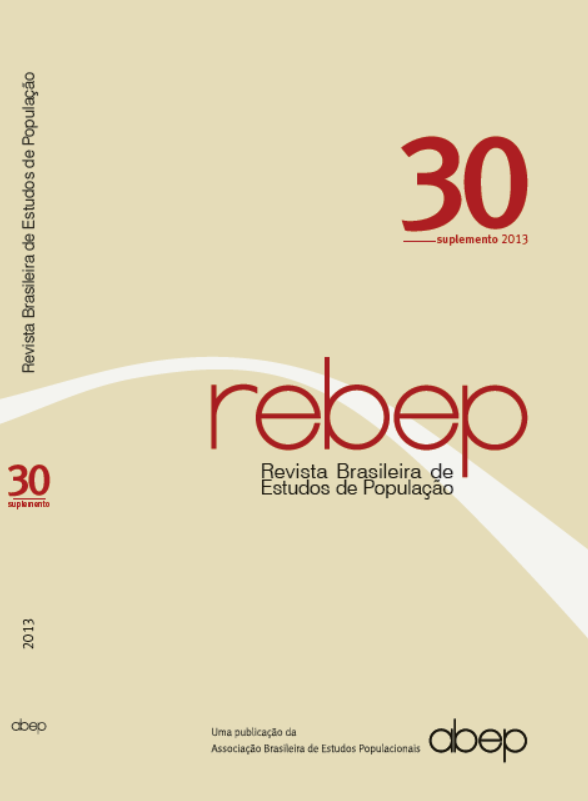Life expectancy and its relationship with indicators of longevity: a demographic study for Brazil, 1980-2050
Keywords:
Measures of longevity, Translation of life expectancy, Gap, LagAbstract
When mortality is constantly changing, the period life table fails to portray the real life experience of the present cohorts of the population. Therefore, the use of current mortality rates to estimate average lifetimes distorts the original concept of life expectancy. Longevity as a cohort measure should be estimated for a real group of people, but it usually applies to a hypothetical cohort. Given past and likely future reductions in death rates, the cohort life expectancy becomes higher than period life expectancy. Nevertheless, period life expectancy at birth can be viewed as a lagged indicator of the average lifetime of some past cohort (equivalent cohort). This paper explores the time, or lag, required to find this past cohort and the differences, or gaps, between life expectancies in a given year to determine the translation of the period measure from a cohort perspective. With a shrinking trend of gains in longevity, our results indicate that for both men and women in Brazil the gap shrinks with time, whereas the lag increases. That is, over the years, the current estimates of period and cohort tend to approximate one another whereas equivalent cohorts grow farther apart.Downloads
Downloads
Published
How to Cite
Issue
Section
License
Papers published in Rebep are original and protected under the Creative Commons attribution-type license (CC-BY). This license allows you to reuse publications in whole or in part for any purpose, free of charge, even for commercial purposes. Any person or institution can copy, distribute or reuse the content, as long as the author and the original source are properly mentioned.

